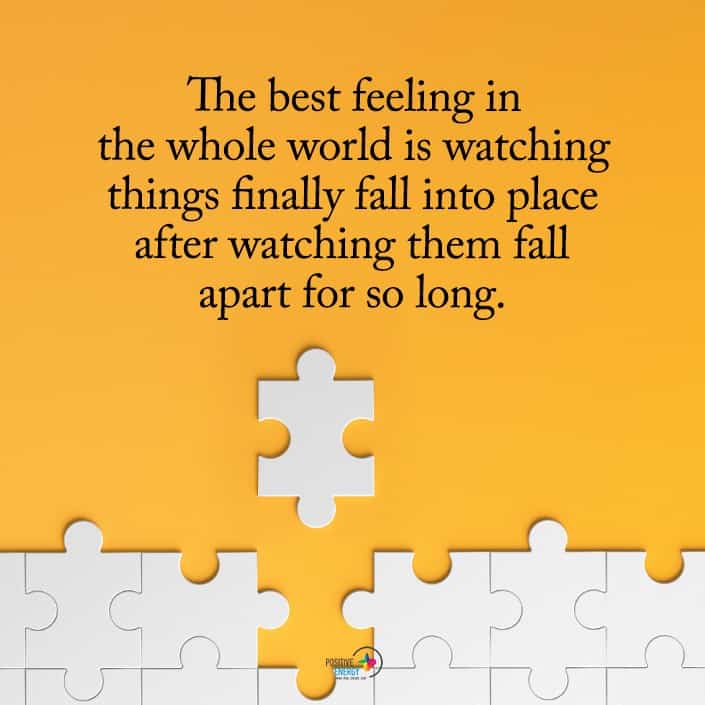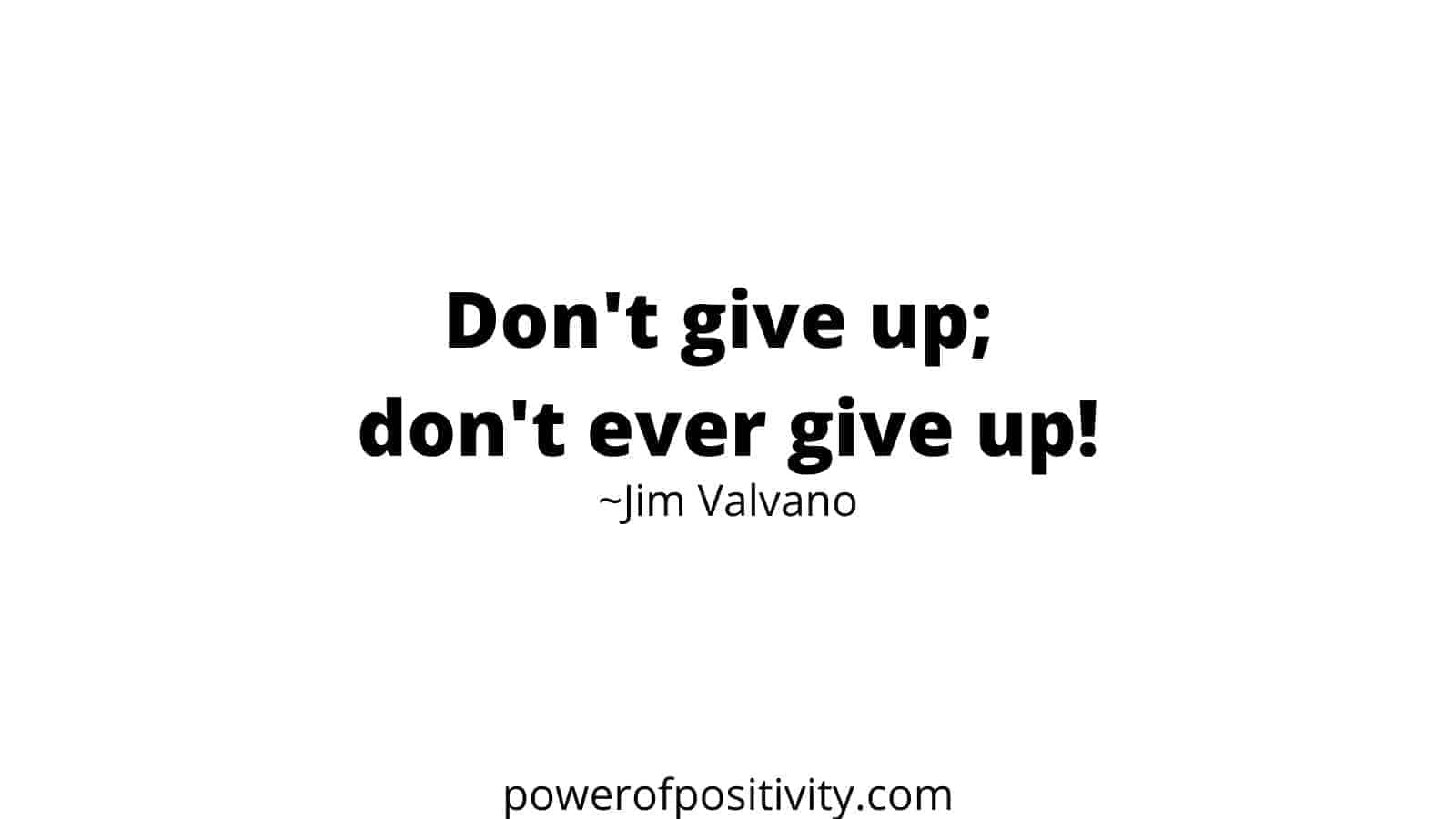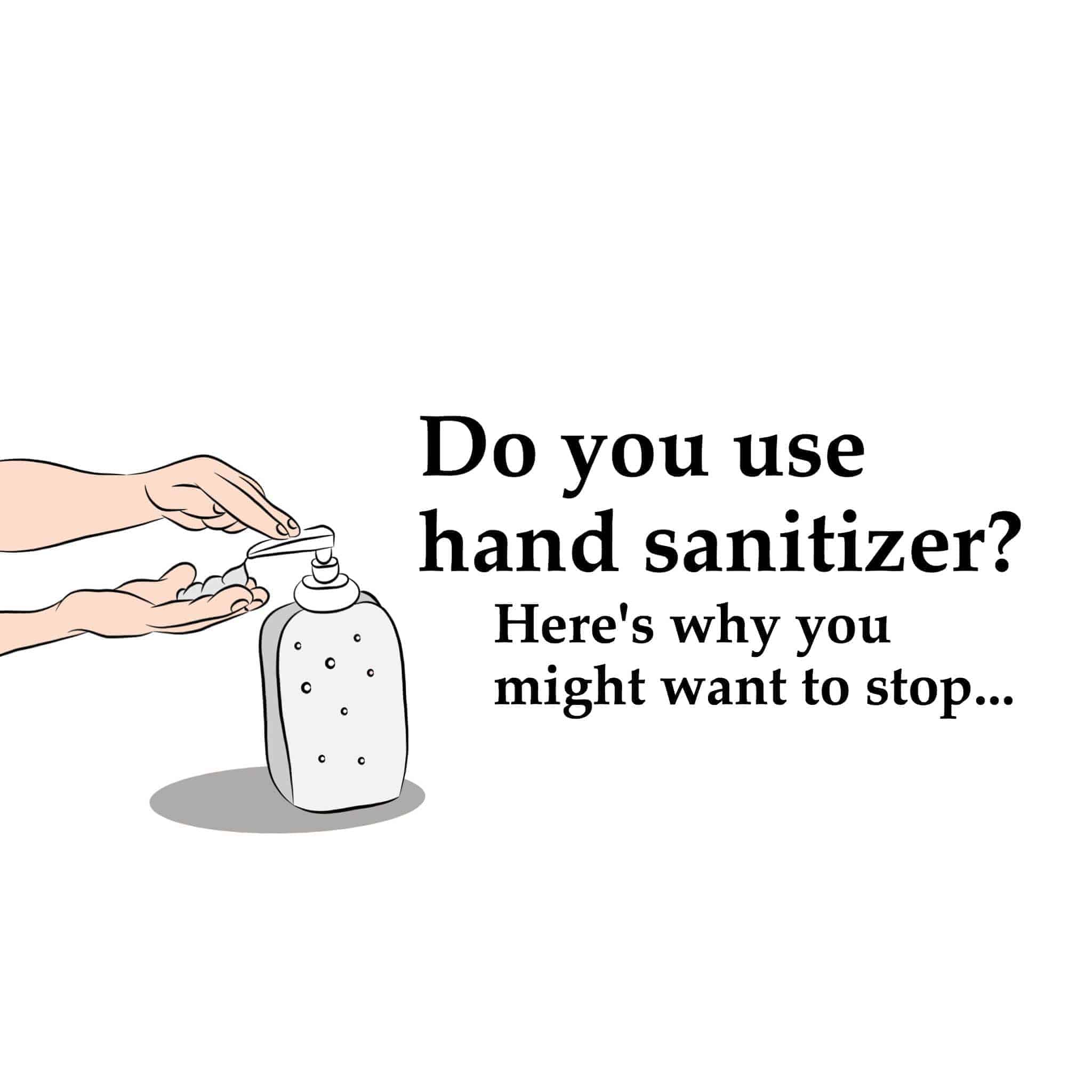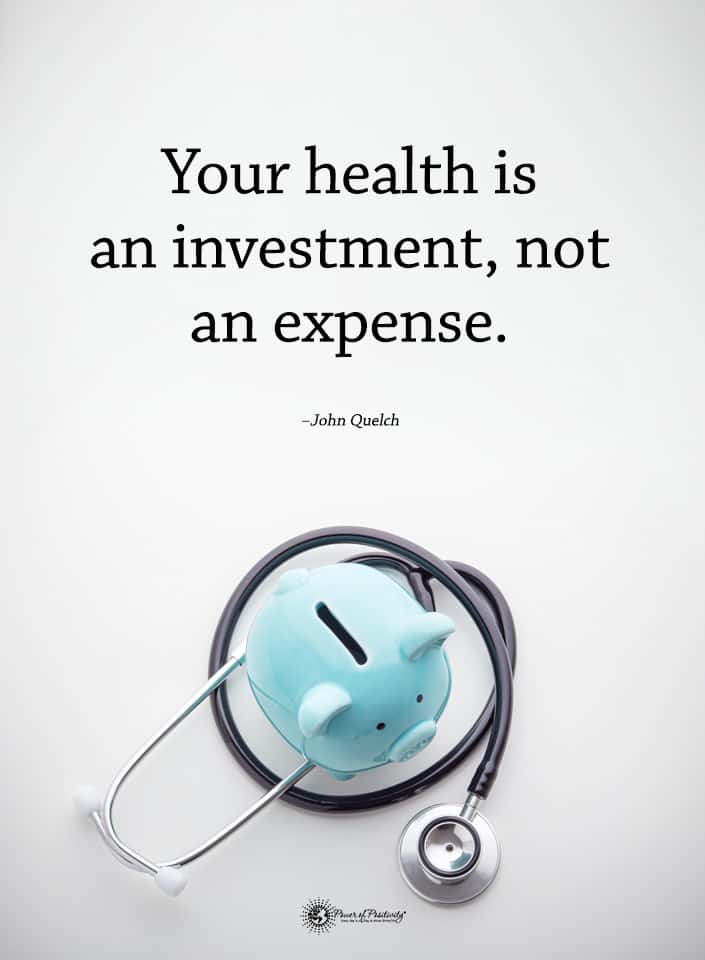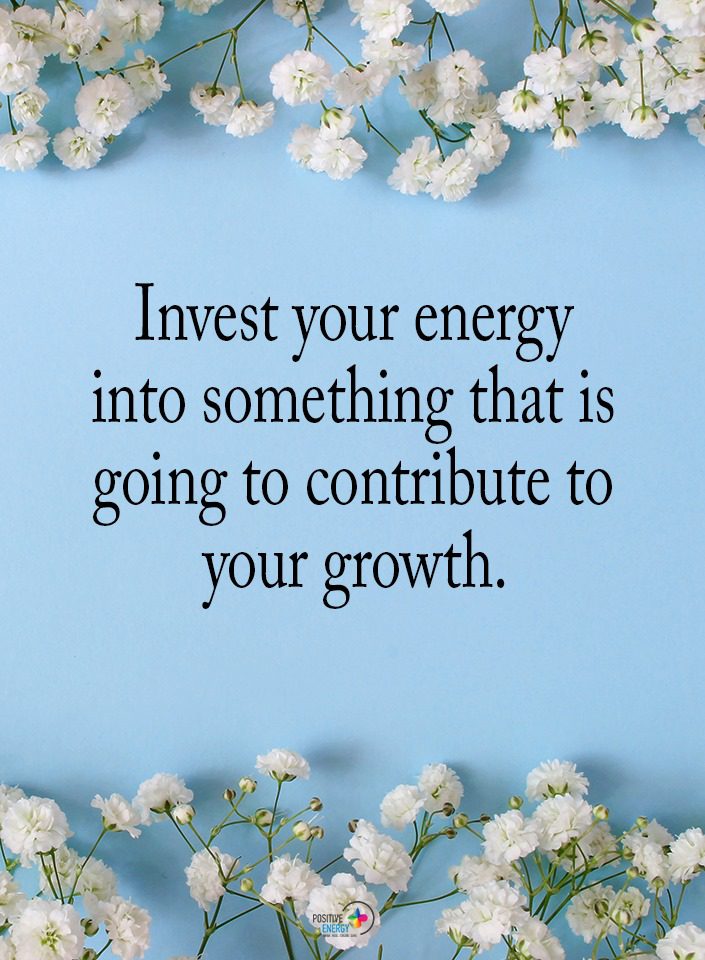Research psychologist and relationship expert John Gottman explains over 40 years of research in his book ” What Makes Love Last ,” that trust and commitment are the two biggest secrets to happy marriages. Beyond that, we asked our community of relationship experts to reveal more secrets to happy marriages.
Anyone who is married will tell you that it’s hard work. It’s a commitment that requires more effort than simply long-term dating. When you bring someone into your life in a permanent way, you’re going to have a few bumps along the way. Just because marriage can be difficult, doesn’t mean that it isn’t worth it! Marriage can be a blissful time in someone’s life, filled with all of the best memories.
Marriage can bring couples strength and support that they may not otherwise have. Not all marriages are successful, however. Those that are require effort on the part of both parties to make sure that the marriage stays healthy and successful. Relationship experts have revealed exactly what it takes to make sure that a marriage stays strong.
Here Are 5 Secret Ingredients To Happy Marriages
“The secret of a happy marriage is finding the right person. You know they’re right if you love to be with them all the time.” – Julia Child
1. BE KIND
According to relationship expert James Preece, “The biggest gift you can give your partner is the chance to miss you.” After the honeymoon phase has ended, you may not find that you want to be around your partner 24/7 anymore- and that’s okay! Being around someone all the time can cause annoyance, or make one person or the other feel smothered.
It’s important that each partner have time to themselves. It’s also important that your partner has a chance to miss you. A marriage is bringing two lives together, not living one life. It’s important that each partner have their own friends and interests in addition to the ones that you share together.
While this may seem easy when dealing with someone you love, we all have had moments where we say things that we don’t mean to say, or adopt a passive aggressive manner to display our displeasure. Focusing on being kind will strengthen any marriage. This includes conceding to your partner’s thoughts, feelings and opinions and validating how they feel, even if you don’t agree.
2. COMPROMISE
Being able to have arguments or disagreements and come back with a compromise will make the relationship and the marriage ten times stronger. According to marital therapist Andrew Marshall, “People think love is just about connection, but what’s equally important is to have good relationship skills. And the most important one is to be able to negotiate with one another.”
Being able to negotiate with your husband or wife on even the smallest things can build up both trust and confidence in your ability to communicate, so that when something big happens you’ll be able to dive headfirst with open communication to solve the problem. Arguing until one person gives in will only cause resentment to grow and fester in the marriage, which will weaken the bonds of the relationship.
3. LEARN TO LISTEN
Give your partner time to speak what’s on their mind. Even if the argument seems to be going nowhere, it’s important that both partners have the space and time to speak. According to therapist Dr. Mike McNulty, “Focus on the stressful things or events that are important to your spouse. Listen. Help your spouse express his or her feelings. Empathize. Show support. Don’t problem solve or fix. Most of us just want to be heard.”
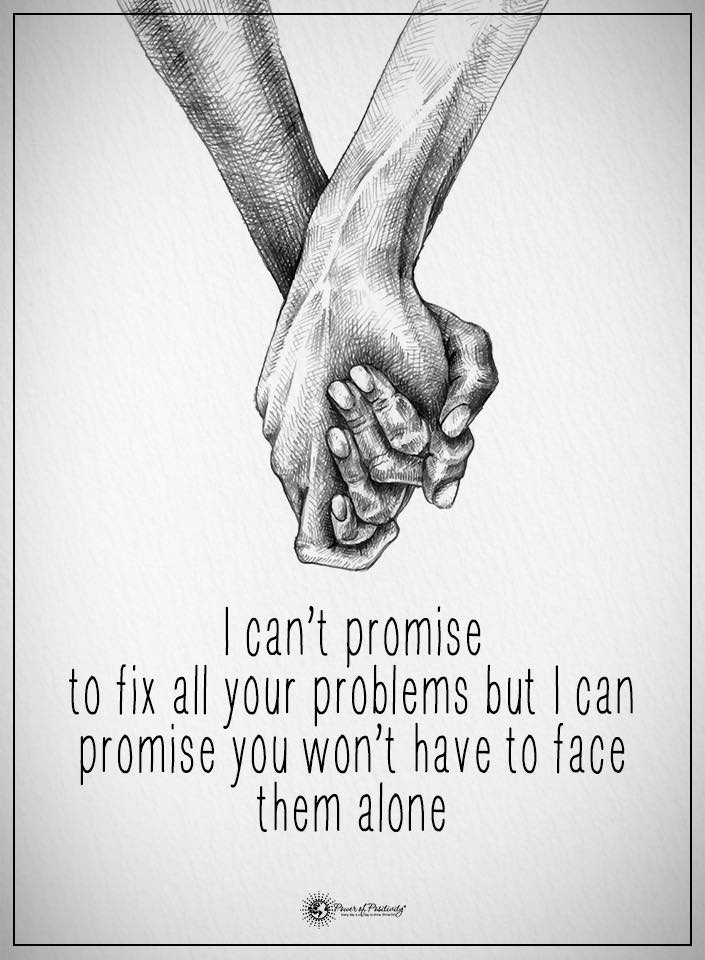
We, as humans, have a tendency to try and bring in a counterpoint against every point made before the other person has an opportunity to say everything they need to say. While it may be tempting to interrupt, it’s important that everyone has an opportunity to speak. And even more essential: both partners have to learn to actively listen. Instead of thinking up a counterargument, listen intently to your partner and hear everything that he or she is saying. Only then can true communication happen.
4. GIVING ONE ANOTHER SPACE
If you don’t understand a point your partner is making, being kind can mean saying, “Will you help me understand?” Sometimes, being kind means admitting that you’re wrong and saying, “I’m sorry, will you forgive me?” At the same time, being kind means accepting that apology and forgiving your partner and working through the argument in a more affirming manner.
5. HAVE FUN
Don’t ever forget the reason that you married one another – that you were in love and enjoyed each other’s company so much you wanted to do it together for the rest of your lives! Having fun together is the best way to build intimacy and to keep your marriage strong. There are times to be serious and there are times to be silly, and a strong marriage has a healthy balance of both. Staying physically intimate is an important part of keeping your marriage strong. Set aside time to have some romantic time together, to have fun with it. This can mean sending the kids away to your parents’ house, or even booking a weekend romantic getaway at a nearby hotel. However you do it, make sure that you always set aside time to reconnect together.
While marriage may not always be smooth sailing, there are ways to keep the ship afloat. Learning how to communicate your needs and feelings with your partner will make sure that you have the foundation to whether any storm, be it financial hardships, grief, upheavals or arguments. Love is an important factor in keeping your marriage strong, but it isn’t always enough. Hopefully, these tips from relationship experts will give everyone the tools they need to make sure their marriage stays healthy – from “I Do”, to the rest of your lives together.


